Welcome to our deep dive into carbon accounting, an indispensable process for measuring, tracking, and reducing greenhouse gas (GHG) emissions. As organizations strive for sustainability, carbon accounting becomes a critical tool for understanding and managing their environmental impact.
Here, we break down the nuts and bolts of carbon accounting, explore its challenges, and look at a real-world application with JCB International Credit Card Co.
What is carbon accounting?
Carbon accounting is a systematic approach to measuring, tracking, and reporting the amount of greenhouse gases (GHGs) emitted directly and indirectly by an organization. Like financial accounting quantifies a company's financial impacts, carbon accounting quantifies carbon impacts. This helps organizations understand their carbon footprint and implement effective strategies for reduction.
At its core, carbon accounting provides a robust framework for organizations to manage their carbon impacts. Just as financial accounting quantifies a company's financial health, carbon accounting gives you a clear picture of your carbon footprint, helping you to take actionable steps toward sustainability. By understanding the ramifications of their carbon output, businesses can mitigate risks, seize opportunities in the green economy, and contribute to global climate goals.
What is the difference between GHG accounting and carbon accounting?
While often used interchangeably, there is a subtle distinction between GHG accounting and carbon accounting. Carbon accounting specifically measures carbon dioxide (CO2) emissions, the most prevalent greenhouse gas due to fossil fuel combustion and deforestation. In contrast, GHG accounting captures all types of greenhouse gases, including methane (CH4), nitrous oxide (N2O), and fluorinated gases.
For standardization, these different GHGs are typically converted to carbon dioxide equivalents (CO2e) using their Global Warming Potential (GWP). GWP quantifies how much heat a GHG traps in the atmosphere over a specific period — usually 100 years — compared to CO2. This conversion makes it simpler to compare and manage diverse GHG emissions on a common scale.
How carbon accounting works
Carbon accounting functions as a meticulous process of quantifying and managing greenhouse gas emissions, which spans various stages from data collection to implementation of reduction strategies. Here's an in-depth look at how carbon accounting works:
Data collection is the foundation of carbon accounting. It starts with gathering raw data on energy use, transportation, waste management, and other activities generating greenhouse gas emissions. This data comes from various sources, both within and outside the organization. To ensure accuracy and reliability, data must be collected consistently over a specified reporting period, which is usually a fiscal year. It’s important to use as much primary data as your organization has and supplement with secondary data when needed.
Once the raw data is collected, it must be converted into measurable emissions. This conversion uses emissions factors, which are scientific values that provide the amount of GHG emissions per unit of activity (e.g., per kWh of electricity consumed). Emissions factors are typically sourced from recognized databases such as the International Energy Agency (IEA) or the Environmental Protection Agency (EPA).
What are the steps involved in carbon accounting?
To break down the process of carbon accounting into actionable steps, here’s a comprehensive guide that can serve as a blueprint for your organization:
1. Define the Boundaries
Establishing boundaries is the first and most crucial step in carbon accounting. It involves setting clear physical, organizational, and operational limits within which emissions will be measured.
- Physical Boundaries: Determine the geographical scope, including all facilities, offices, and locations under the organization’s control or influence.
- Organizational Boundaries: Decide which parts of the organization will be included. This could be based on ownership, operational control, or financial control.
- Operational Boundaries: Identify specific activities, processes, or assets that will be included in the emissions inventory. This includes distinguishing between direct and indirect emissions.
2. Collect Data
Data collection is a comprehensive and meticulous process that includes:
- Activity Data: Acquire detailed information on all relevant activities contributing to emissions, such as fuel consumption, energy use, and raw material processing.
- Spend Data: Collect financial data related to purchases and expenditures. This data can be used to estimate emissions when direct activity data is unavailable.
- Supply Chain Data: Engage with suppliers to gather data on the emissions associated with their activities and products.
3. Establish a Baseline
Before embarking on emission reduction targets, it’s necessary to establish a baseline year. This is a reference point against which future emissions will be measured and compared. The baseline should reflect typical operational conditions to ensure it provides a fair comparison.
4. Calculate Emissions
This step involves using emissions factors to convert raw activity data into CO2e. The process includes:
- Applying Emissions Factors: Use recognized emissions factors from credible sources to translate activity data into emissions.
- Scope Segmentation: Classify emissions into Scopes 1, 2, and 3, as per the guidelines provided by the GHG Protocol.
- Verification: Ensure the accuracy of calculations by cross-checking data and employing third-party verification if necessary.
5. Analyze and Report
Analyzing the emissions data helps identify key trends and hotspots. Reporting involves:
- Internal Reporting: Share findings with internal stakeholders, including management and employees, to foster an understanding of the organization’s carbon footprint.
- External Reporting: Prepare comprehensive reports for external stakeholders, aligned with international standards like the GHG Protocol, CDP (Carbon Disclosure Project), or ISO 14064.
- Visualization: Use charts, graphs, and dashboards to make data more comprehensible and highlight critical areas for action.
6. Implement Reduction Strategies
With a clear understanding of your carbon footprint, you can develop and implement effective reduction strategies. This might involve:
- Energy Efficiency Projects: Invest in technologies and practices that reduce energy consumption.
- Renewable Energy: Transition to renewable energy sources like wind, solar, or hydroelectric power.
- Process Optimization: Streamline operations to enhance efficiency and reduce emissions.
- Supply Chain Engagement: Work with suppliers to reduce upstream and downstream emissions.
7. Monitor Progress and Review
- Continuous Tracking: Track emissions regularly using automated systems and software.
- Periodic Reviews: Conduct periodic reviews to assess the effectiveness of reduction strategies and make necessary adjustments.
- Stakeholder Feedback: Engage with stakeholders to gather feedback and incorporate new insights into your strategy.
8. Reassess and Update Strategies
The final step involves reassessing and updating your carbon reduction strategies based on the feedback and data collected. This iterative process ensures that your organization remains agile and responsive to changes, continuously improving its sustainability performance.
What data is used in carbon accounting?
Carbon accounting requires two main sets of data:
- Business Data:
- Activity Data: This includes measurable units of activities, such as kilograms of material processed, kilometres travelled by company vehicles, or kWh of electricity consumed.
- Spend Data includes financial data, such as the monetary value of purchases or expenditures on services. It helps estimate emissions when direct activity data is unavailable.
- Emissions Factors: These are coefficients that translate activity data into emissions quantities. They are usually derived from scientific studies or standardized databases, such as the UK Government's GHG Conversion Factors or the Intergovernmental Panel on Climate Change (IPCC) guidelines.
What is an example of carbon accounting?
Arbor's project with JCB International Credit Card Co., Ltd. (JCB), which calculates the emissions of all payment methods in Japan, is a comprehensive and instructive case study. This project not only highlights the intricate process of carbon accounting but also demonstrates its impactful applications.
JCB International Credit Card Co., Ltd. (JCB) is dedicated to aligning its operations with Sustainable Development Goals (SDGs) and mitigating climate change. In pursuit of these objectives, JCB partnered with Arbor to conduct an extensive carbon accounting study to quantify the carbon dioxide emissions (CO₂e) linked to different consumer payment methods.
The comprehensive study focused on evaluating the carbon footprint of cash transactions, card payments, and mobile payments by employing a Life Cycle Assessment (LCA) methodology. This involved a cradle-to-grave approach adhering to ISO 14040 standards, which ensured a thorough examination from the production to the end-of-life stages of each payment method. Key steps of the process included defining operational and organizational boundaries, collecting detailed data on energy consumption and material usage, applying recognized emissions factors, and reporting findings through GRI-certified tools.
By systematically analyzing each payment method's lifecycle, JCB and Arbor identified major emission hotspots and areas for improvement. The successful implementation of carbon accounting principles has enabled JCB to quantify the environmental impact of their operations and align their activities with global climate goals.
Why is carbon accounting difficult?
Carbon accounting is not without its challenges. Here are some of the hurdles organizations face:
Data Collection
Accurate and comprehensive data collection is the cornerstone of effective carbon accounting. However, organizations often struggle to gather reliable data from diverse sources. One solution is to use integrated carbon accounting software that automates data collection and ensures consistency. For example, Arbor's platform offers automated data collection to minimize manual errors and improve accuracy. This complexity is amplified for multinational corporations with sprawling supply chains.
A study of greenhouse gas emissions from 19 major oil and gas firms revealed a lack of comparability in reported data, highlighting the need for standardized carbon accounting practices to produce meaningful and comparable emissions reports (Wegener et al., 2019).
Complex Calculations
Converting activity data (such as fuel consumption or energy use) into emissions data requires precise methodologies and reliable emissions factors. Emissions factors quantify the emissions produced per unit of activity—say, per litre of gasoline burned. Inaccurate or outdated emissions factors can lead to significant discrepancies in carbon accounting.
Scope Complexity
Carbon accounting covers three scopes of emissions:
- Scope 1 Emissions: Direct emissions from sources controlled by the organization (e.g., company vehicles, manufacturing processes).
- Scope 2 Emissions: Indirect emissions from the generation of purchased energy (e.g., electricity).
- Scope 3 Emissions: Other indirect emissions occurring in the value chain (e.g., supplier emissions, employee commutes).
Each scope presents unique challenges, such as tracking supplier emissions in Scope 3.
Who needs carbon accounting?
Carbon accounting is crucial for various stakeholders:
Businesses
Companies across sectors, from manufacturing to services, need carbon accounting to measure and reduce their carbon footprint. It helps them comply with regulatory requirements, improve operational efficiency, and enhance their brand reputation among environmentally conscious consumers.
Governments
Governments use carbon accounting to develop environmental policies and to maintain national GHG inventories. It also helps them track progress toward international climate commitments like the Paris Agreement.
Why is carbon accounting important?
Guidance for Policy and Investment
Carbon accounting provides critical data on policy, investment, and regulatory decisions. It helps identify the most effective measures to reduce emissions and guides strategies for sustainable development (Miller et al., 2022).
Support for Corporate Sustainability
On a corporate level, carbon accounting aids in managing sustainability by quantifying emissions and identifying opportunities for reductions. This is essential for compliance, improving eco-efficiency, and supporting strategic decision-making (Schaltegger & Csutora, 2012).
Achieving Climate Goals
Carbon accounting is essential to meet the Paris Agreement targets. Accurate accounting methods are necessary to measure the effectiveness of these technologies and guide their deployment.
What is carbon accounting software?
Carbon accounting software automates the data collection, processing, and reporting for GHG emissions. Tools like Arbor streamline the carbon accounting process, enhance data accuracy, and ensure compliant calculations. Moreover, they provide actionable insights to inform sustainability strategies and track progress over time.
Key features of carbon accounting software
- Automated Data Collection: Integrates with business systems to automatically retrieve relevant data, reducing manual input and errors.
- Emissions Calculations: Uses established methodologies and emissions factors to convert raw data into CO2e.
- Compliant Methodologies: Ensures adherence to regulatory standards and reporting frameworks like the GHG Protocol or ISO 14064.
Arbor’s platform has all of these features and more. Talk to our carbon experts to request a demo.
Summary
In this comprehensive blog on carbon accounting, we define the concept and its importance for organizations committed to sustainability. We distinguish between carbon accounting and GHG accounting, explaining how each captures different types of emissions. We then delve into the meticulous carbon accounting process, from data collection and baseline establishment to emission calculation and reporting. Examples and actionable steps are provided to guide organizations through each stage of carbon accounting.
We highlight the intricacies involved in data collection and the use of emissions factors to convert raw activity data into measurable CO₂e. The blog covers the challenges of carbon accounting, such as the complexity of scope emissions and the difficulty of gathering reliable data from multiple sources. We also elaborate on the essential features of carbon accounting software and how it can streamline the process.
To illustrate the practical application of carbon accounting, we present a case study of JCB's collaboration with Arbor. This project involved quantifying the carbon dioxide emissions associated with various payment methods in Japan, using Life Cycle Assessment (LCA) methodology. The case study showcases how a systematic approach to carbon accounting can lead to effective emission reduction strategies and alignment with global climate goals.
Carbon accounting is vital for businesses, governments, and even individuals aiming to reduce their carbon footprint. By adopting a structured carbon accounting process and leveraging Arbor’s carbon accounting software, your organization can not only meet regulatory requirements but also play a pivotal role in global sustainability efforts.
Talk with Arbor's experts to request a demo and take the first step towards counting your company’s carbon.
Measure your carbon emissions with Arbor
Simple, easy carbon accounting.

FAQ on carbon accounting:
What is another name for carbon accounting?
Carbon accounting is also known as greenhouse gas (GHG) accounting. However GHG accounting typically measures a wide range of greenhouse gases, not just carbon dioxide (CO₂e) including methane (CH₄), nitrous oxide (N₂O), and fluorinated gases, among others.
What is scope 1, 2 and 3 carbon accounting?
Scope 1 covers direct emissions from sources owned or controlled by a company. Scope 2 includes indirect emissions from the generation of purchased electricity, steam, heating, and cooling consumed by the reporting company. Scope 3 encompasses all other indirect emissions in a company’s value chain.
How do you become a carbon accountant?
To become a carbon accountant, one typically needs a background in environmental science, sustainability, or accounting and certifications in carbon accounting standards such as the GHG Protocol or ISO 14064.
What are the steps involved in carbon accounting?
The steps involved in carbon accounting include defining boundaries (organizational and operational), collecting relevant data, applying emissions factors, calculating emissions, analyzing and reporting the findings, and implementing strategies for emission reductions, followed by continuous monitoring and improvement.
What is the ISO for carbon accounting?
The ISO standard for carbon accounting is ISO 14064, which provides guidelines for quantifying and reporting greenhouse gas emissions and removals.
What is the conclusion of carbon accounting?
The conclusion of carbon accounting is a comprehensive understanding of an organization's GHG emissions, enabling the development of targeted strategies for reduction and alignment with sustainability goals.
What is the future of carbon accounting?
The future of carbon accounting lies in broader adoption driven by increasing regulatory requirements, investor interest, and consumer demand for transparency and sustainability, along with advancements in technology that make carbon tracking more accurate and efficient.
What are the principles of carbon accounting?
The principles of carbon accounting include relevance, completeness, consistency, transparency, and accuracy to ensure that emissions are reported in a robust, credible, and comparable manner.
What is the goal of carbon accounting?
The goal of carbon accounting is to measure and manage greenhouse gas emissions to mitigate climate change, achieve regulatory compliance, and support corporate sustainability initiatives.
What is scope 1, 2 and 3 carbon accounting?
Scope 1 covers direct emissions from company-owned sources, Scope 2 includes indirect emissions from purchased energy, and Scope 3 encompasses all other indirect emissions in the value chain.



.webp)
%20Directive.webp)
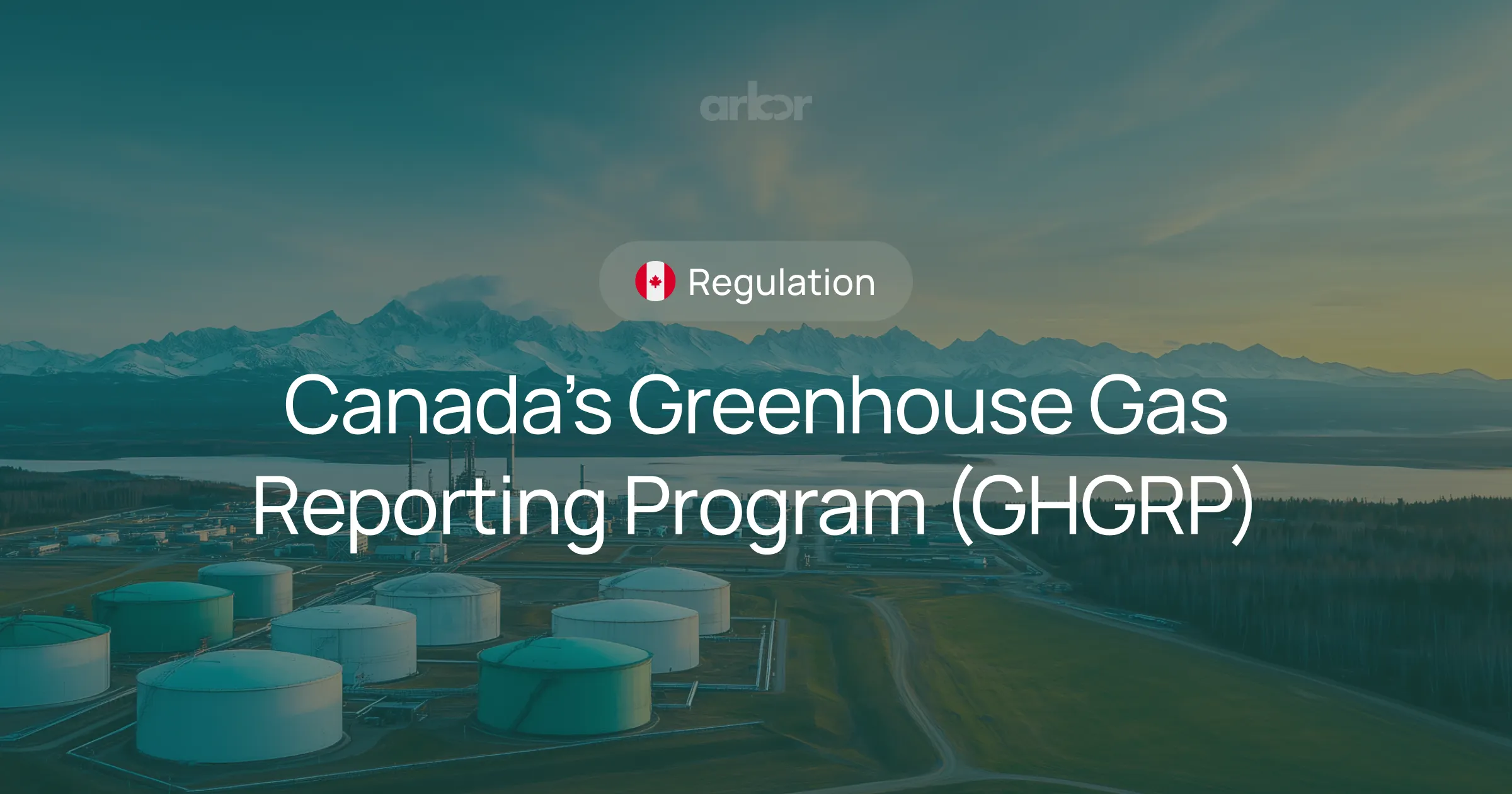

.webp)
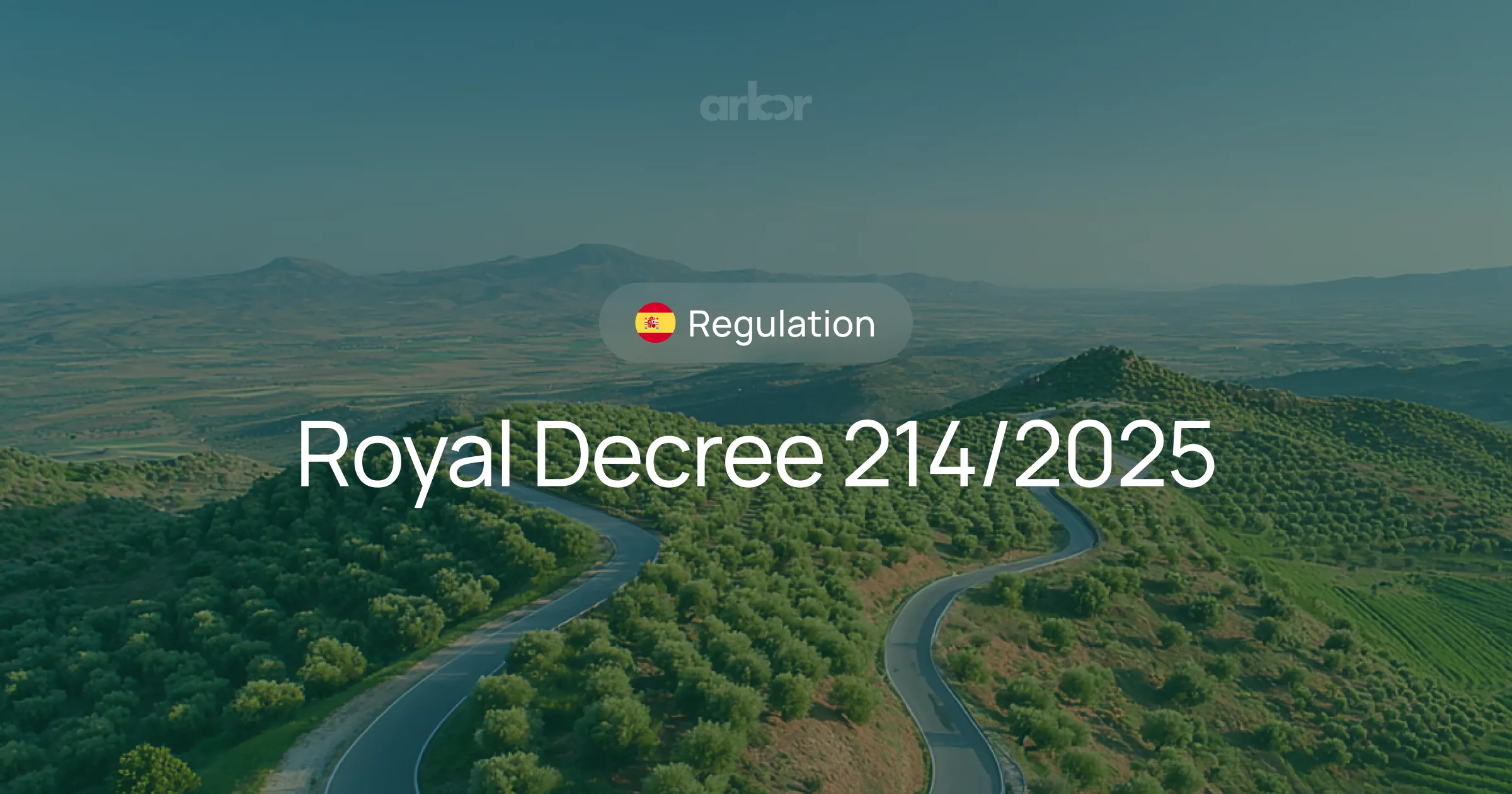










%20Arbor.avif)





%20Arbor.avif)


.avif)
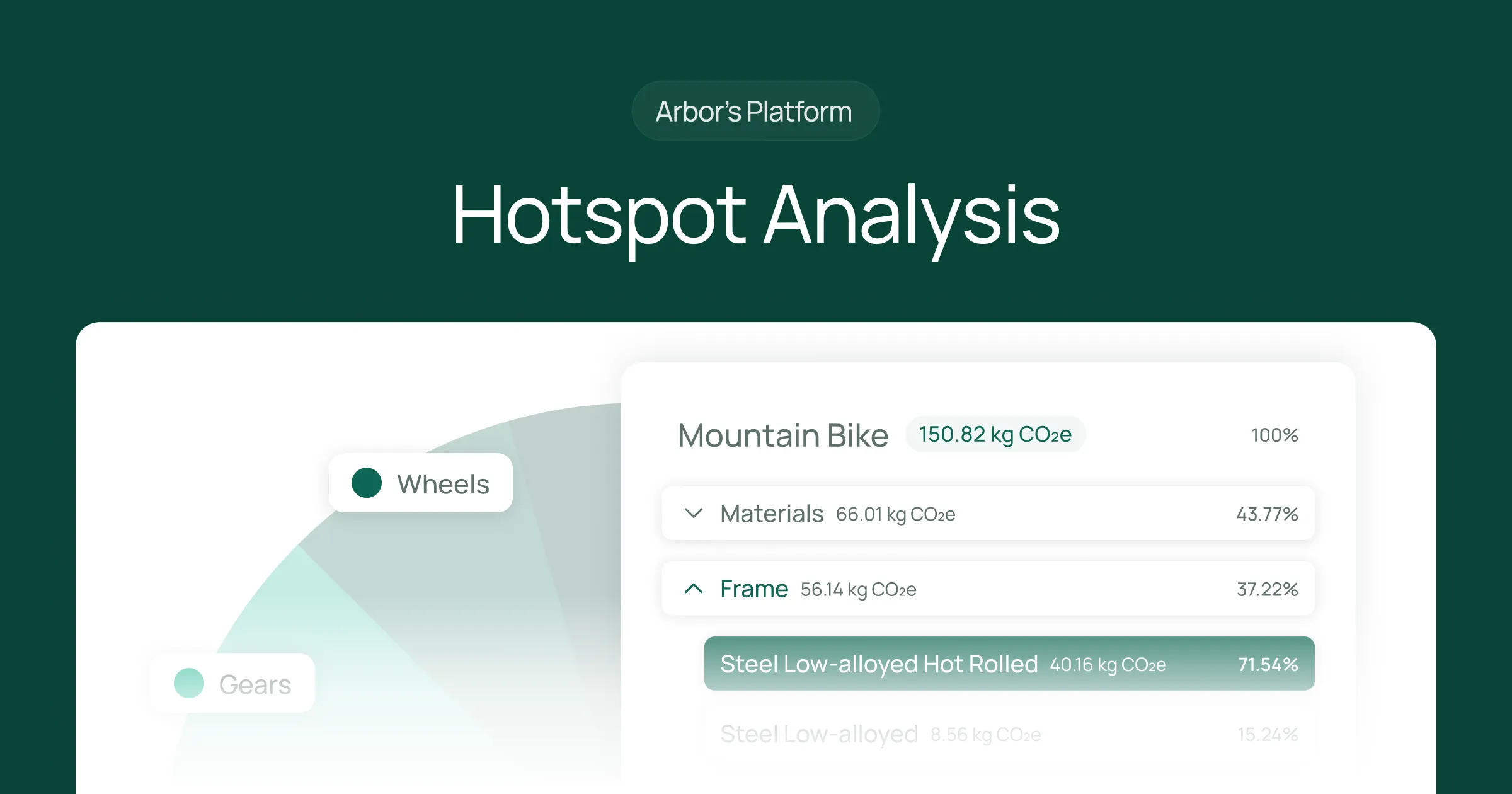


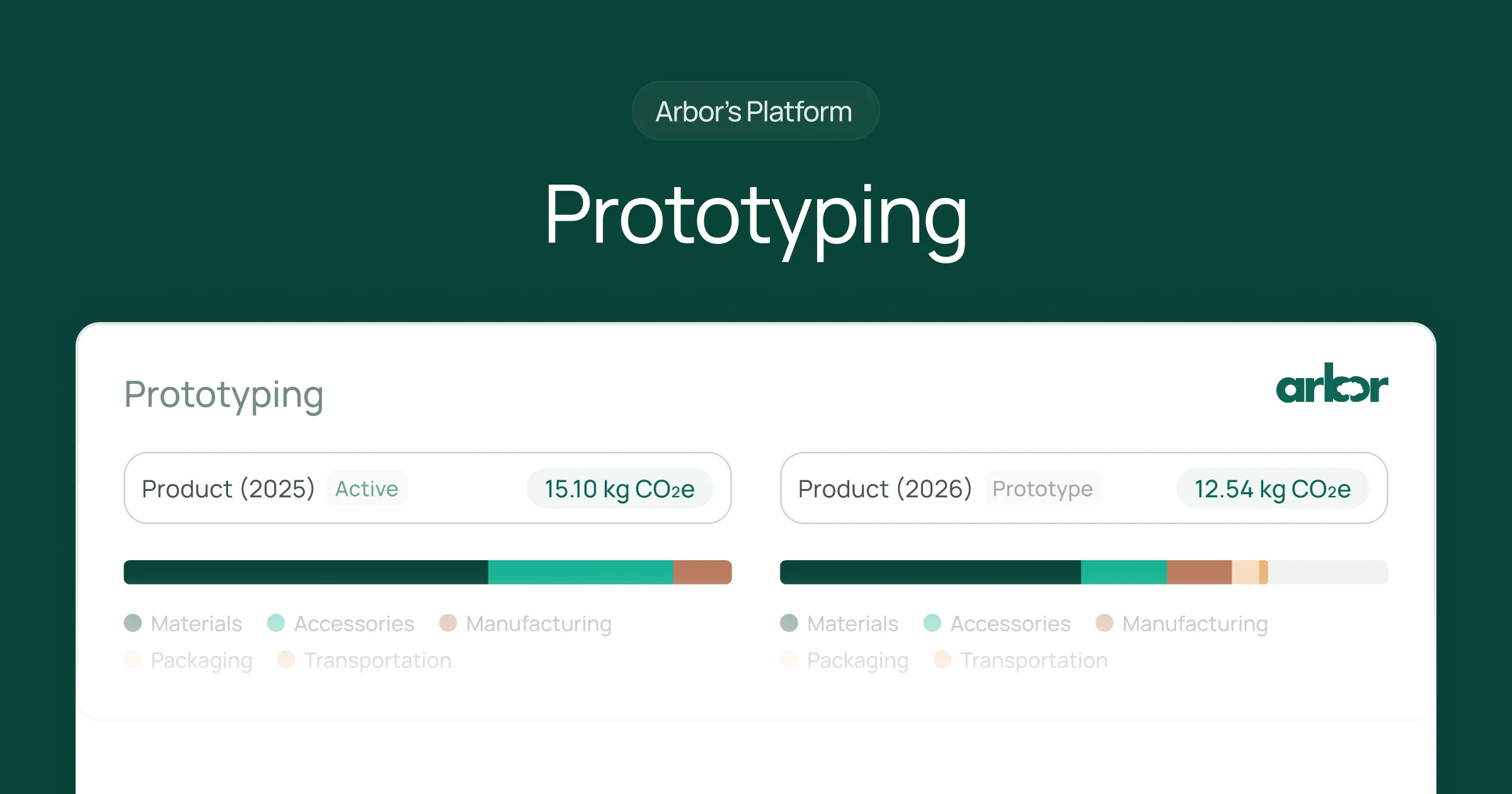


%20Arbor%20Canada.avif)

.avif)
%20Arbor.avif)
.avif)






_.avif)
.avif)
%20Arbor.avif)




%20Software%20and%20Tools.avif)





.avif)
.avif)
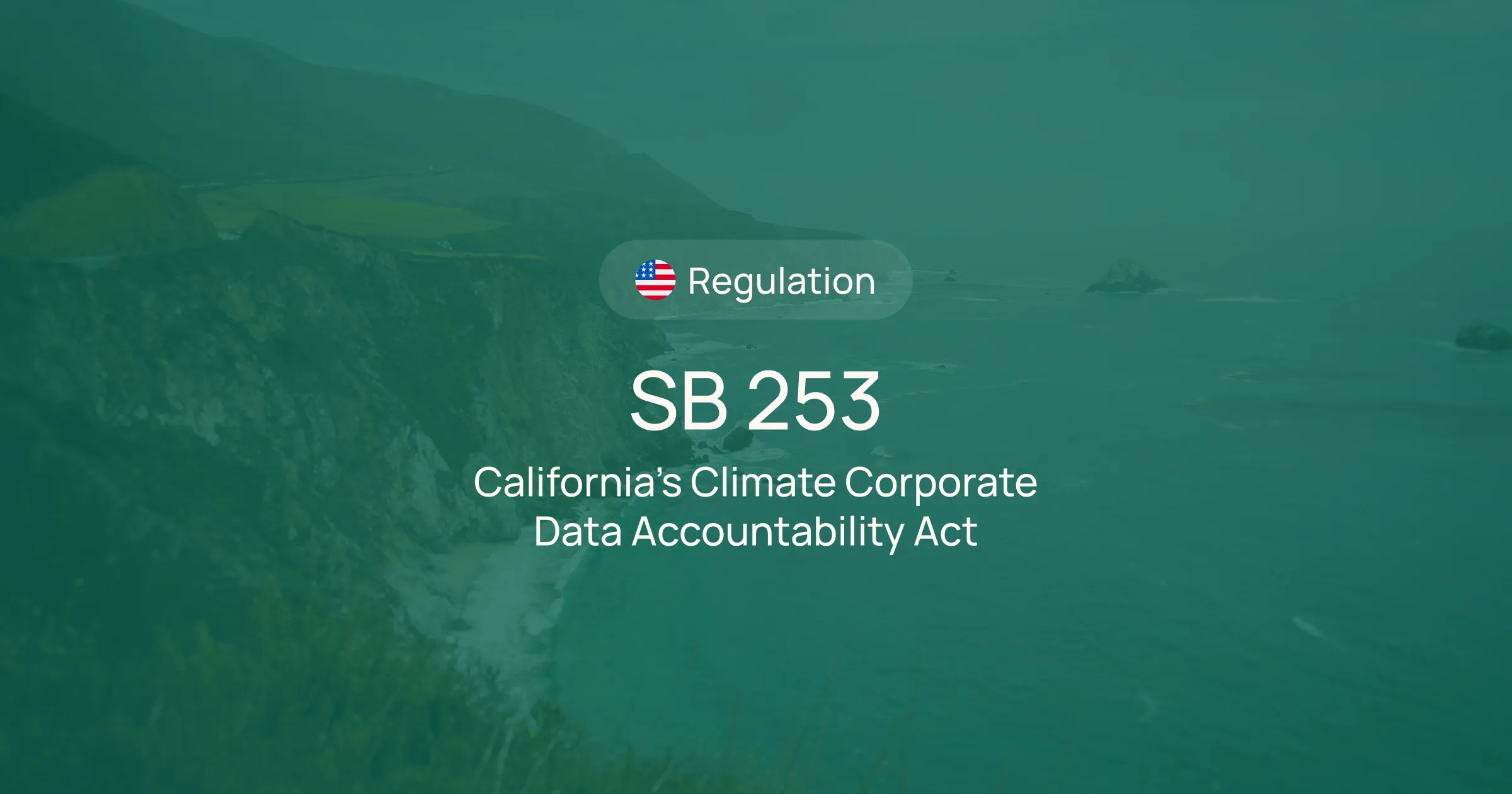


%20EU%20Regulation.avif)












.avif)


%20Arbor.avif)









_%20_%20Carbon%20101.avif)







.avif)

.avif)
.avif)









